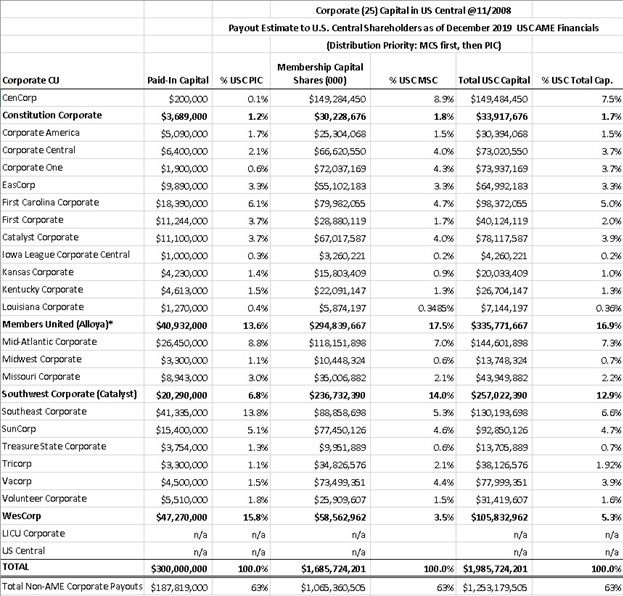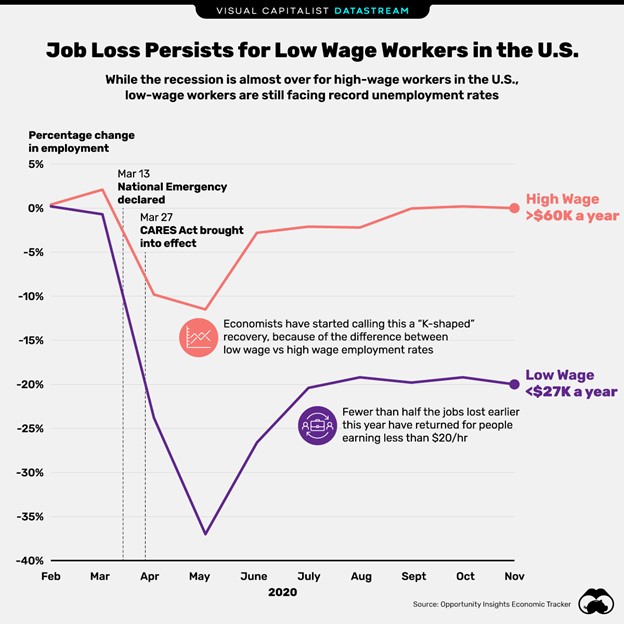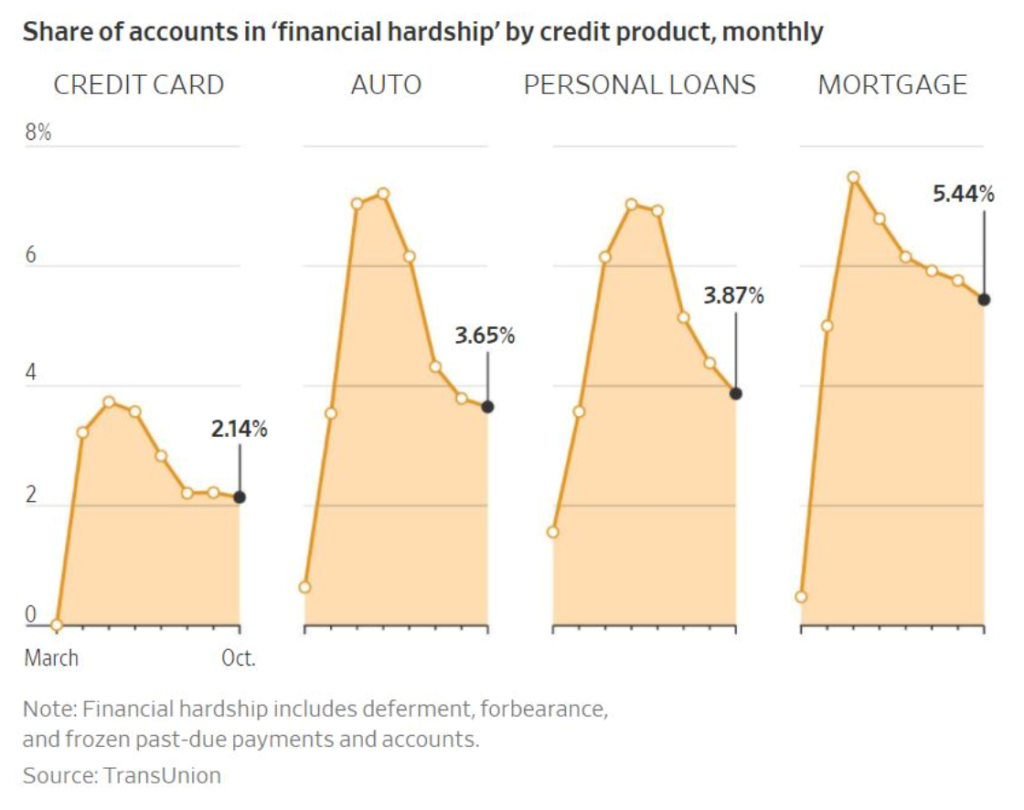A Member Questions a Merger After the Fact–Can This Process Be Fixed?
On December 5, 2019, I published a blog questioning the rationale for the merger between SchoolsFirst FCU in Orange County, CA and Schools Financial CU in Sacramento. One issue I raised was whether members had been given fair treatment when the top 5 managers can gain $9.8 million additional compensation, but the 158,000 owners receive only a “special dividend” of $4.0 million.
This past month a Schools Financial member, Hal Goldfarb, discovered the blog as he sought information on this year-old event.
In the emails below he raises multiple issues about the merger including:
- Why the merger was necessary;
- Loss of local focus, service and connections;
- No clear benefits provided;
- Drop in trust following the event;
- Future control outside the community;
- Were members ripped off?
Excerpts from his emails are reprinted with permission. Emphasis added.
Hal’s initial comment on finding the article:
I had heard that the merger of these 2 credit unions did not go smoothly. I hardly noticed the change, other than to have to re-enter information for bill pay, some of which was automated.
Today, my landlord notified me that my November rent check was not received. Schools Financial mailed the payments; I assume that SchoolsFirst does as well. The office received my December rent, but cannot seem to track down the previous month’s, which I believe may have been just before or after the merger of the computer systems was completed.
I am suspicious that the merger is the culprit. I see no other reason why my rent checks, which have arrived without issue for 2 years that I have been living here, should suddenly miss a payment. I have contacted SchoolsFirst to report this problem. Luckily, my landlord is tolerant and understanding.
Why All the Mergers?
I also wondered why so many credit unions are merging. I don’t see how that helps members for they are the soul and foundation of credit unions, unlike commercial bank customers. I have been through several of these credit union mergers over the years, the first being a merger of several employee credit unions at AT&T in the 1980s. I also saw AT&T Telco in Alabama get merged into another credit union. And now, this one.
Credit unions, as I understand and appreciate them, are intended to serve the members of said organizations, as well as provide local benefit to the communities where those funds are deposited. Close control over the funds is key to this end. I did not see how my depositing my money with a larger credit union, many of whose customers do not live here in Sacramento where Schools was largely based, would continue to benefit me or anyone else living in this area.
Stay or Leave?
On top of this, many members are leaving the merged credit union thanks to the foolhardy way they went about the merger. As you pointed out in your article, the benefits are not as good, and the portfolio is riskier; by comparison, Schools Financial had much better management.
Troubles are primarily at the technical level for me. I rely on on-line banking — I rarely, if ever, physically step into a financial institution for any reason. . .
I was already feeling uncomfortable with all of this when I stumbled over your article. It is shocking that a tiny cabal of officers is taking a nice chunk of money in exchange for the beads and trinkets they are giving the merged members. Manhattan Island was a better deal by comparison.
I am considering leaving for a different credit union, perhaps one I already belong to (I have several).”
My response: 12/18
Thank you for your comment. How did you find the article? Have you seen any benefits from the merger, new branches, products, better fees or services?
Did you vote for it when you received the ballot? Were you aware that it was happening and your thoughts at the time?
I appreciate your taking time to write . . .
Hal Goldfarb’s 12/18 response:
Chip:
Amazingly, SchoolsFirst found the canceled check and emailed me a copy, which I have forwarded to the landlord. They admitted to a hiccup during the merging of the systems, but apparently the check did make it out to the landlord and was paid. Now, any further to-do over this is in the hands of the other 2 parties. I love it!
As far as the article comment, I am surprised no one else has responded to it. I have a friend who is/was with Schools Financial and was talking about leaving it. And now I am also. Anyway, I found your article while searching the web for something indicating when the merger was technically resolved or merged. I wanted to make sure I had my timeline straight for my own issue with the missing landlord check. Anyway, I stumbled over your website and decided to put in my 2c over this.
The mergers of these credit unions are completely contradictory and counterproductive to their purpose. If the commercial banks want to all merge into one, monolithic terrorist organization, there is not much we can do about it. But credit unions should be regarded as precious, one of our first steps on the road to full “coopertivezation” of the economy.
My reply on 12/18/20:
I added your comment to the blog, but the blog was so long ago, I doubt few will see it. I would like to combine your comments into a single new post. OK?
Hal Goldfarb responds on 12/19/20:
Chip, I feel that, as a society trying to maintain control over our own work and our own resources, we need to have a legal business form called a “cooperative” (as opposed to the mere conceptual label we use currently to designate these entities). This would be analogous to the legal fiction of the corporation.
This new legal entity would protect the shareholders of cooperatives. . . in the same way the corporate business form protects investors. As an example of the power of this new legal instrument, members could not be gypped in these mergers, or better yet, maybe mergers would be obviated altogether. . .
On 12/19/20 I asked:
Do you remember voting a year ago October? What do you remember about the board’s recommendation at the time?
Hal Goldfarb responds on 12/19:
. . .I did not look into it deeply at the time. I needed to, esp since this impacts my own finances.
I am trying to recall now how I voted. I remember getting the ballot, but I cannot recall what I did after that.
I think I am a bit intimidated by officious mailings like these. I am not a youngster either. I know how much these issues can impact individuals. One aspect of it is that I really don’t know who these people even are. I could have researched it… it’s not like these facts are secrets these days. Another thing I could have done was to research SchoolsFirst and find out more about that credit union, as well as find out why Schools Financial agreed to this.
I am 60 years old, on disability, and I really ought to know better. . .
As to what I was thinking… I think I was feeling curious about why this merger was even considered, much less acted upon. . .I see these CU mergers as contradictory to the whole basis of local control of economy, something I feel deeply about.
I just wasn’t really sure what to do about it. It did not occur to me to look for organizations and individuals — such as yourself — who might be advocates and defenders. . .
Hal






